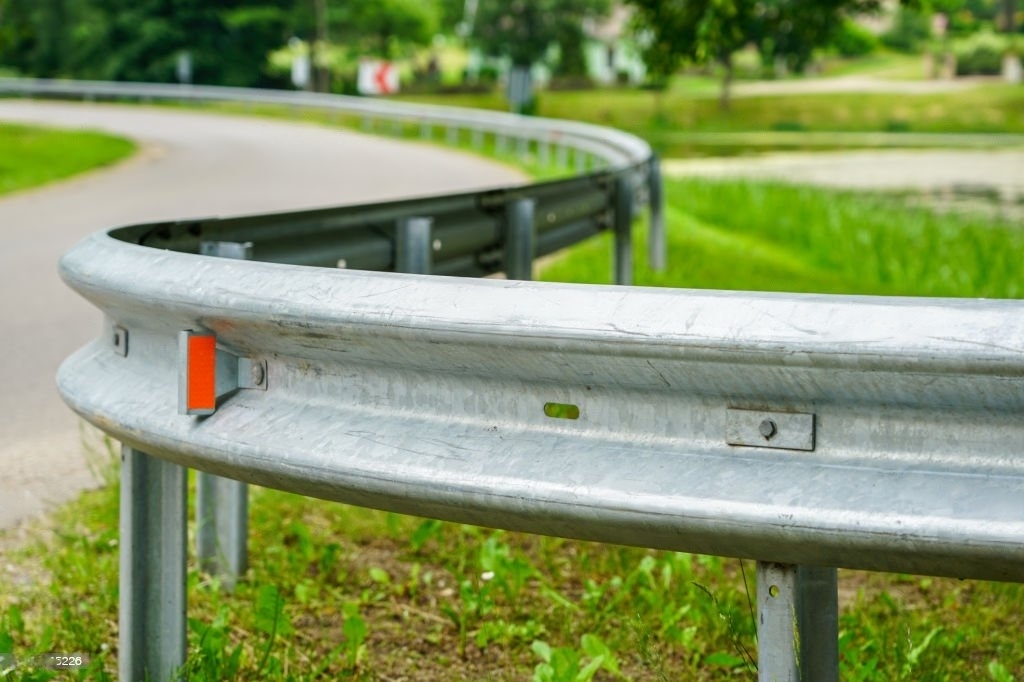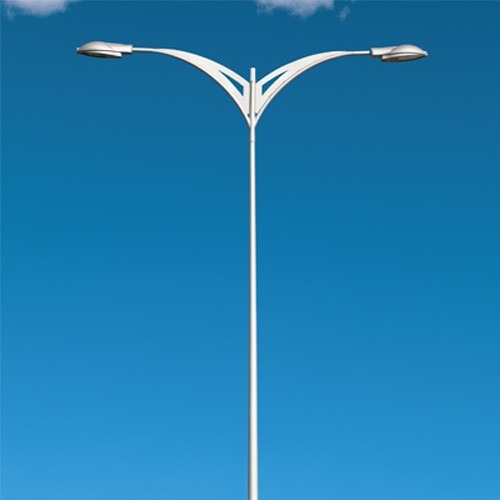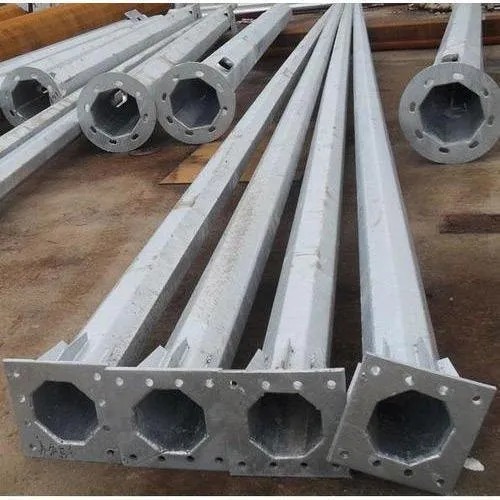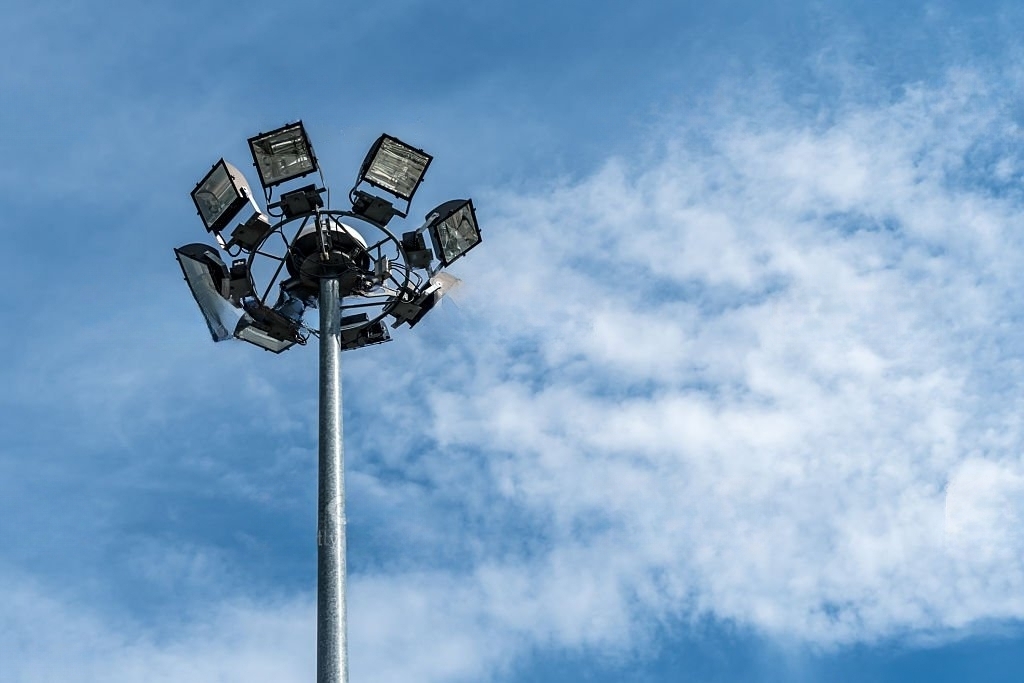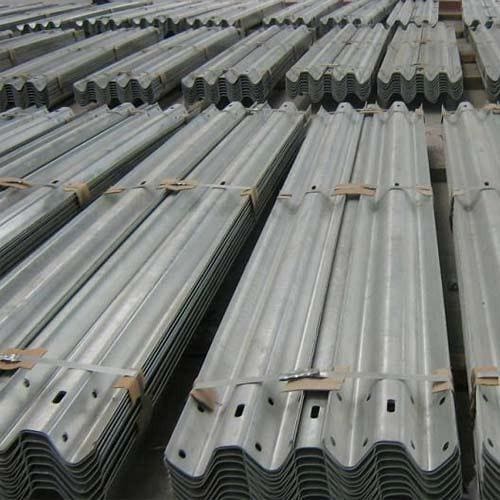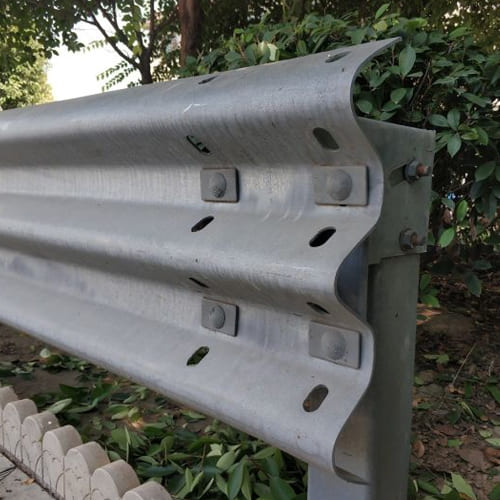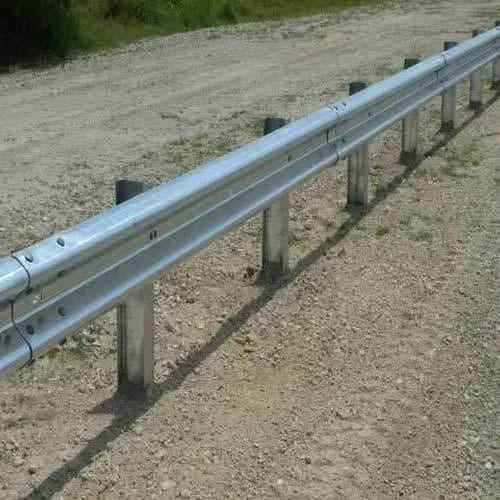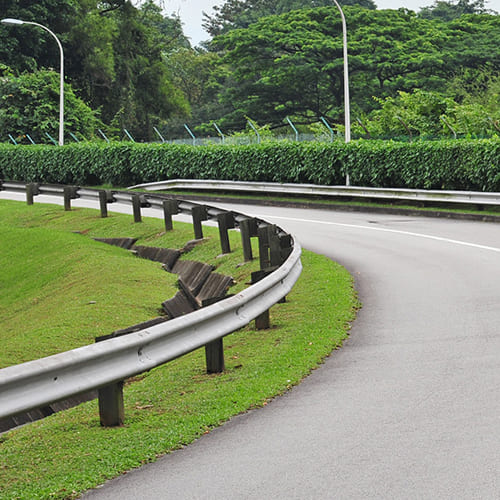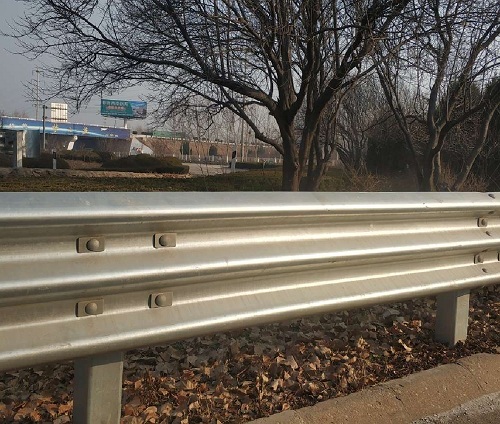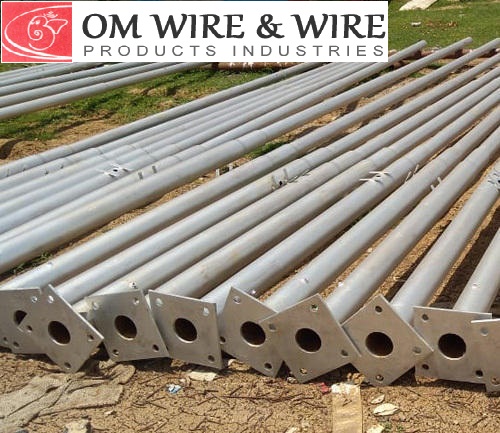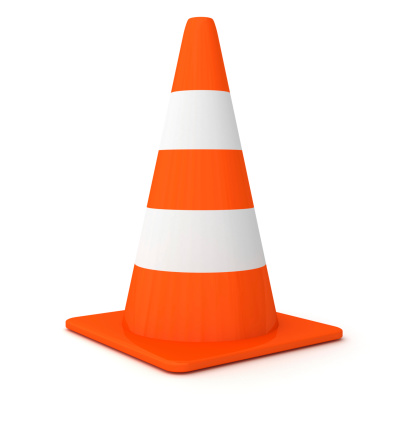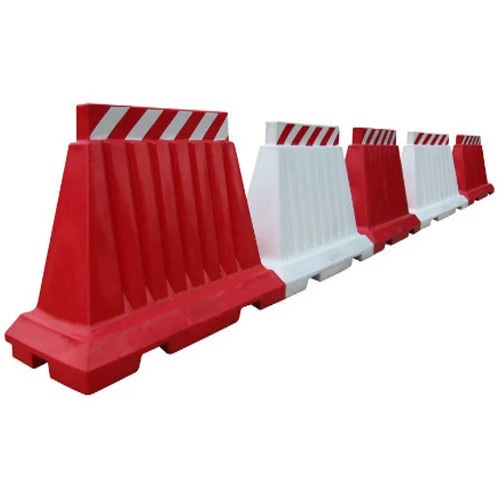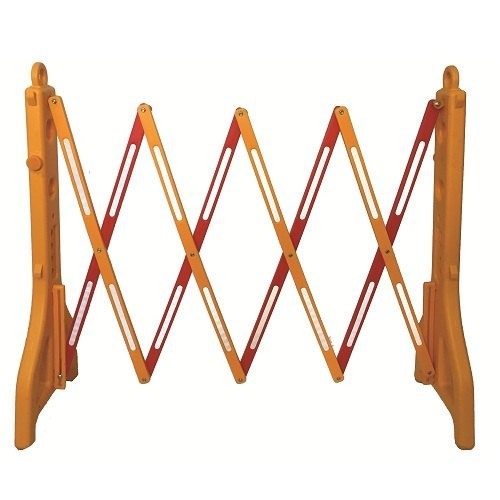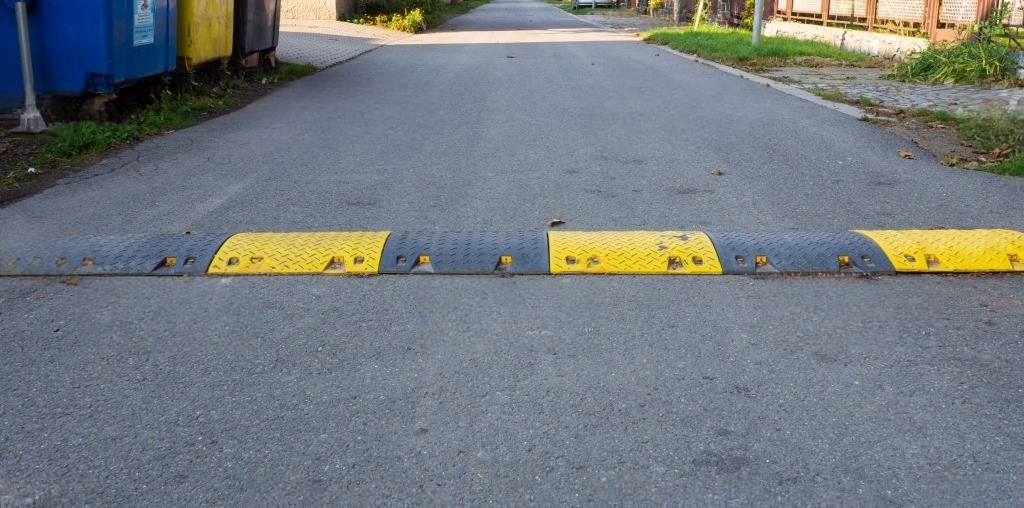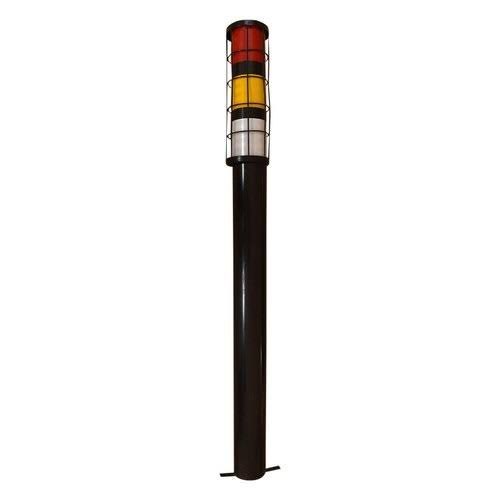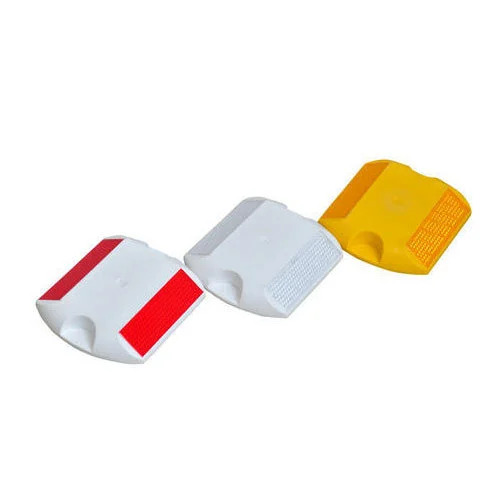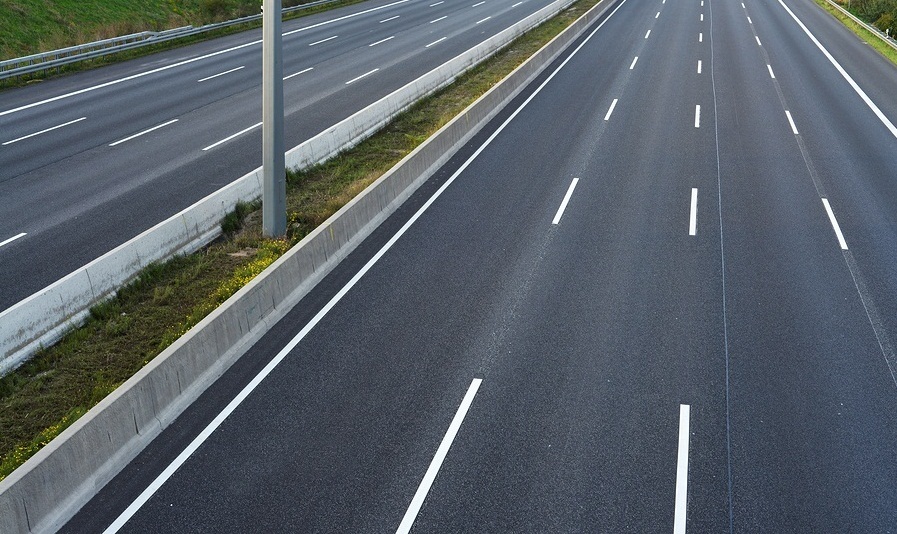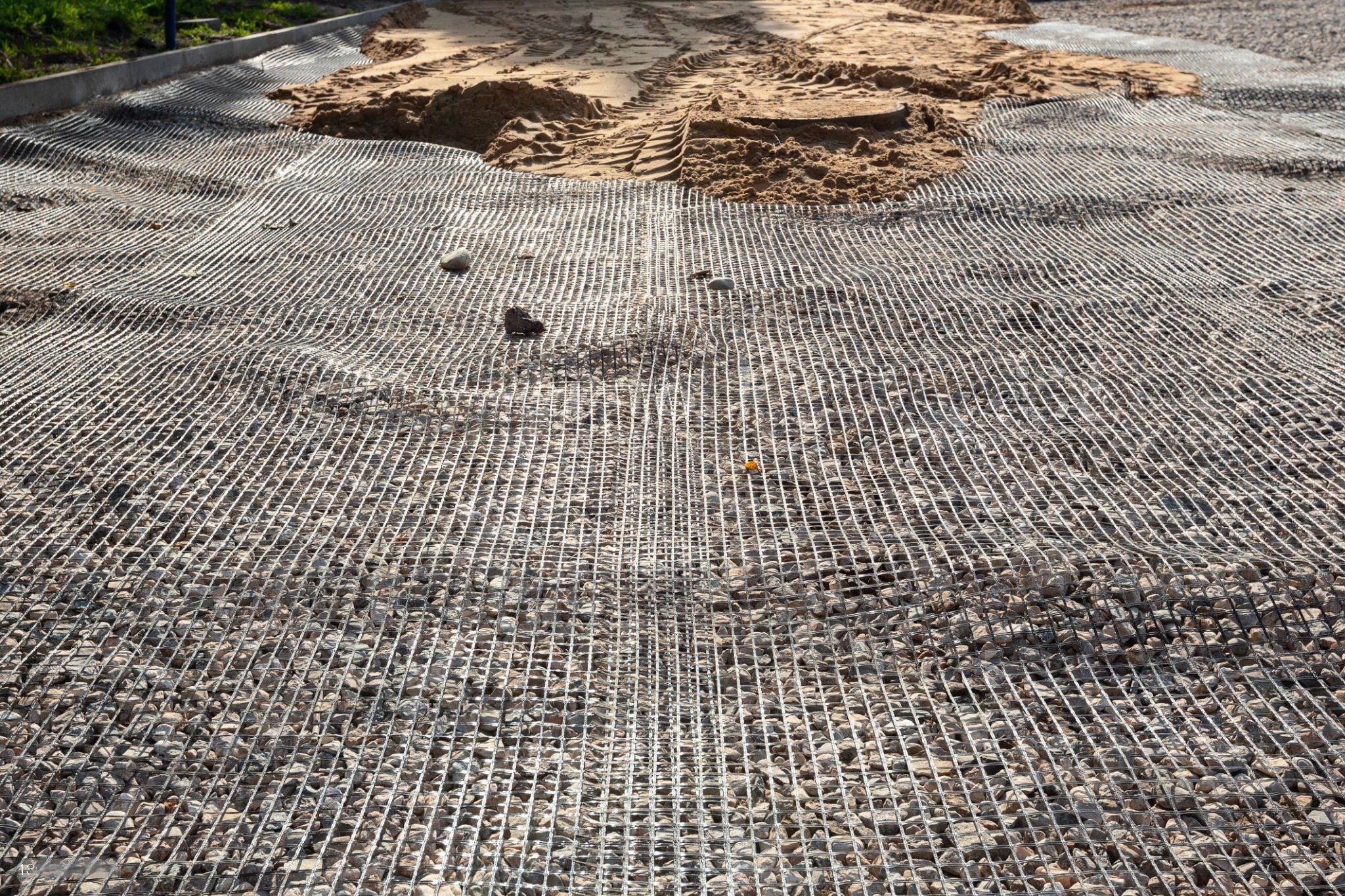Our Products
- Crash Barrier
- Thrie Beam Highway Crash Barrier
- W Beam Highway Crash Barrier
- Metal Beam Highway Crash Barrier
- Highway Guardrail
- W Beam Guardrail
- High Mast Pole
- Octagonal Pole
- Conical Pole
- Steel Tubular Pole
- Non Woven Geo Textile
- Geo Grid
- Thermoplastic Road marking Paint
- Road Stud
- Road Delineators
- Spring Post
- Road Speed Breaker
- Scissor Barrier
- Water Barrier
- Traffic Cone
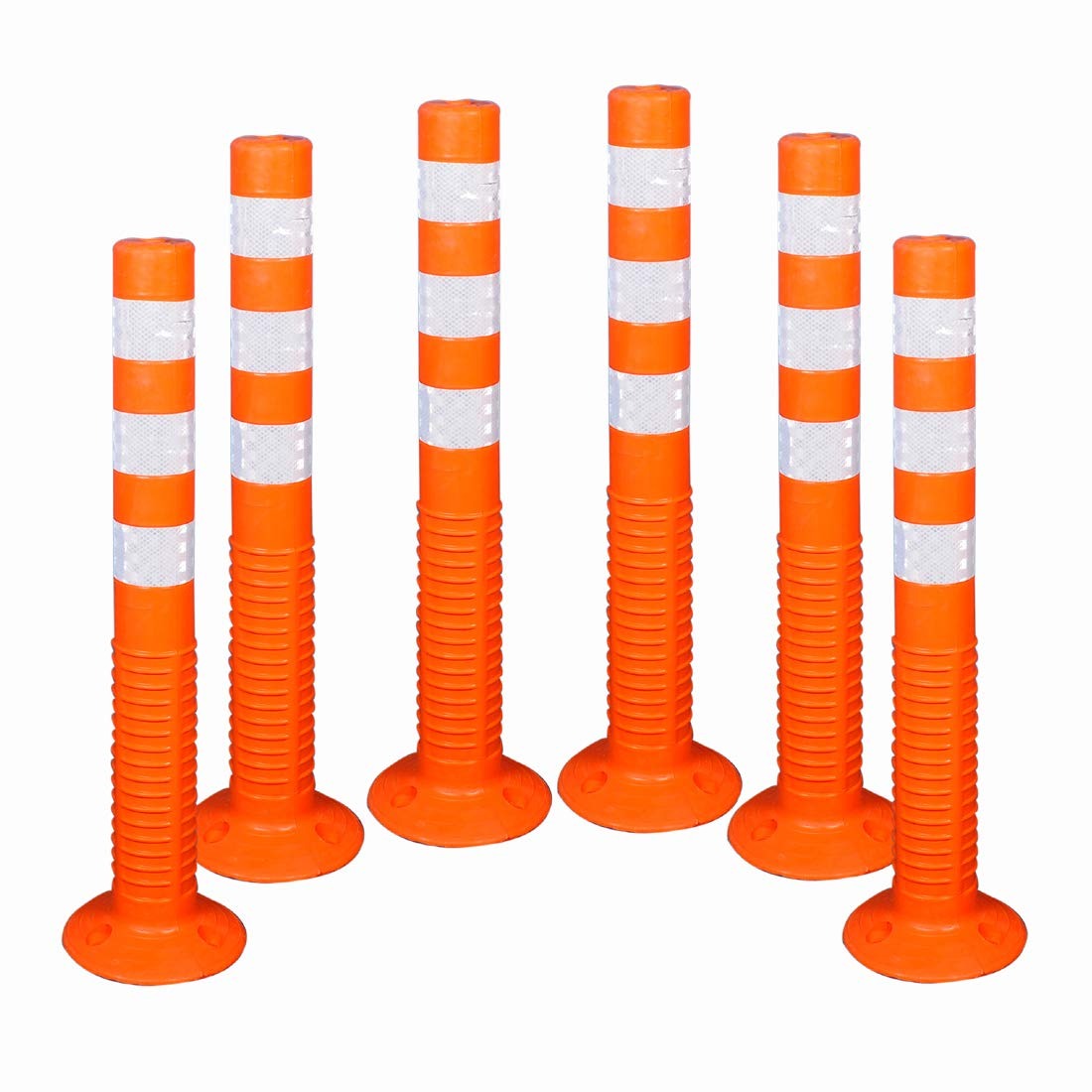
Spring Post
A spring post, also known as a flexible post, reboundable post, or spring bollard, is a type of road safety device used to control traffic, guide drivers, and enhance road safety. Spring posts are designed to be flexible, allowing them to bend or sway upon impact, and then return to their original position. They are typically made from durable materials such as plastic, rubber, or a combination of both, which helps absorb the impact of a collision and reduces the risk of damage to vehicles and the post itself.
Here are some key features and benefits of spring posts:
Flexibility: The primary feature of spring posts is their flexibility. When a vehicle collides with a spring post, it can absorb the impact and sway without causing significant damage. This feature is particularly valuable in areas where there's a higher likelihood of vehicle collisions, such as intersections or narrow lanes.
Visibility: Spring posts are often equipped with reflective materials, such as reflective tape or coatings, to enhance their visibility during low light conditions or at night. This reflective property helps alert drivers to the presence of the posts and improves overall road safety.
Traffic Management: Spring posts are used to guide traffic by delineating lanes, restricting access to certain areas, and preventing illegal maneuvers. They can be strategically placed to define pedestrian crosswalks, bike lanes, or to control traffic flow in specific directions.
Speed Reduction: Spring posts can be installed in areas where speed reduction is desired, such as school zones or residential areas. Their presence encourages drivers to slow down, as the flexible nature of the posts discourages reckless driving.
Protection of Vulnerable Road Users: Spring posts can be particularly useful in protecting pedestrians and cyclists. When placed at pedestrian crossings or bike lanes, they create a physical barrier that helps prevent vehicles from encroaching on these areas.
Temporary Installations: Spring posts can also be used as temporary traffic control devices during construction or special events. They can be easily installed and removed, providing temporary guidance and safety measures.
Weather Resistance: Spring posts are designed to withstand various weather conditions, including rain, snow, and extreme temperatures. Their durability ensures that they remain effective over time.
Low Maintenance: Due to their flexibility and resilience, spring posts generally require less maintenance than more rigid traffic control devices. They can often return to their original position after impact without needing manual adjustment.
Spring posts come in various shapes, sizes, and colors to suit different traffic management needs and environments. Common shapes include cylindrical, square, or rectangular designs. The choice of spring post depends on factors such as the intended use, traffic volume, and road conditions.
In summary, spring posts are versatile road safety devices that offer flexibility, visibility, and effective traffic management. They contribute to safer roads by helping to control traffic, protect vulnerable road users, and reduce the impact of collisions.

